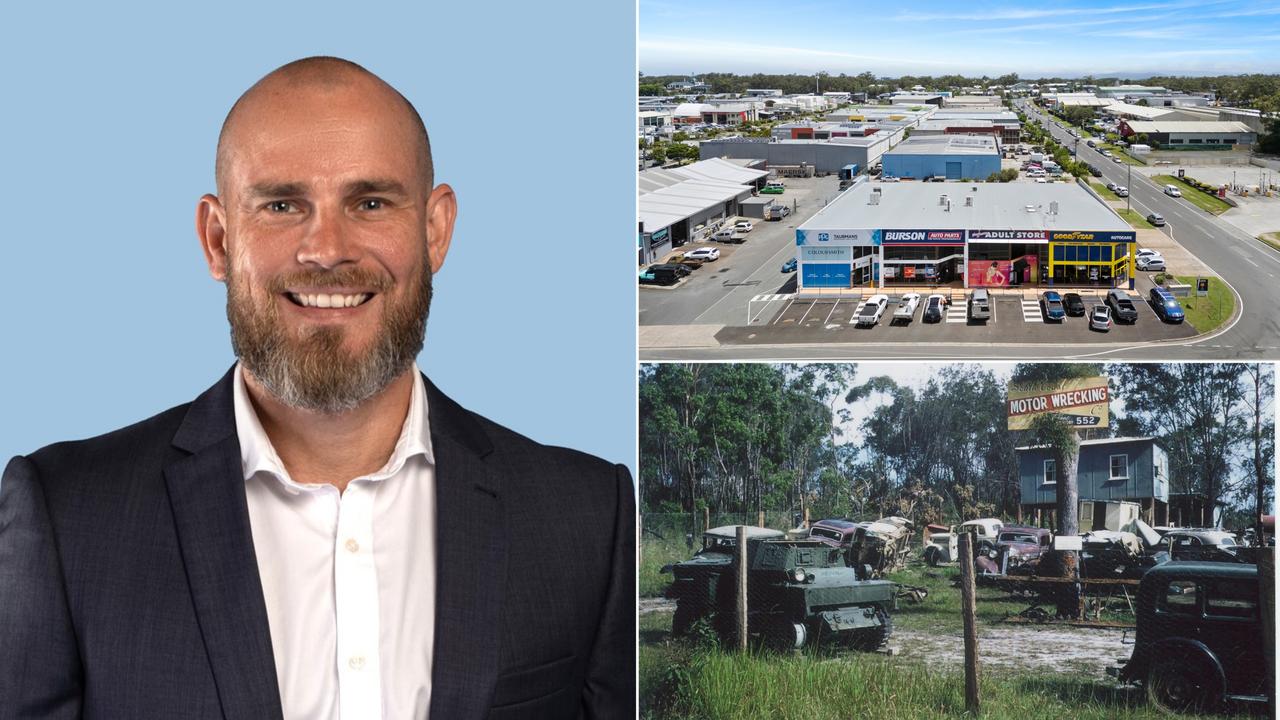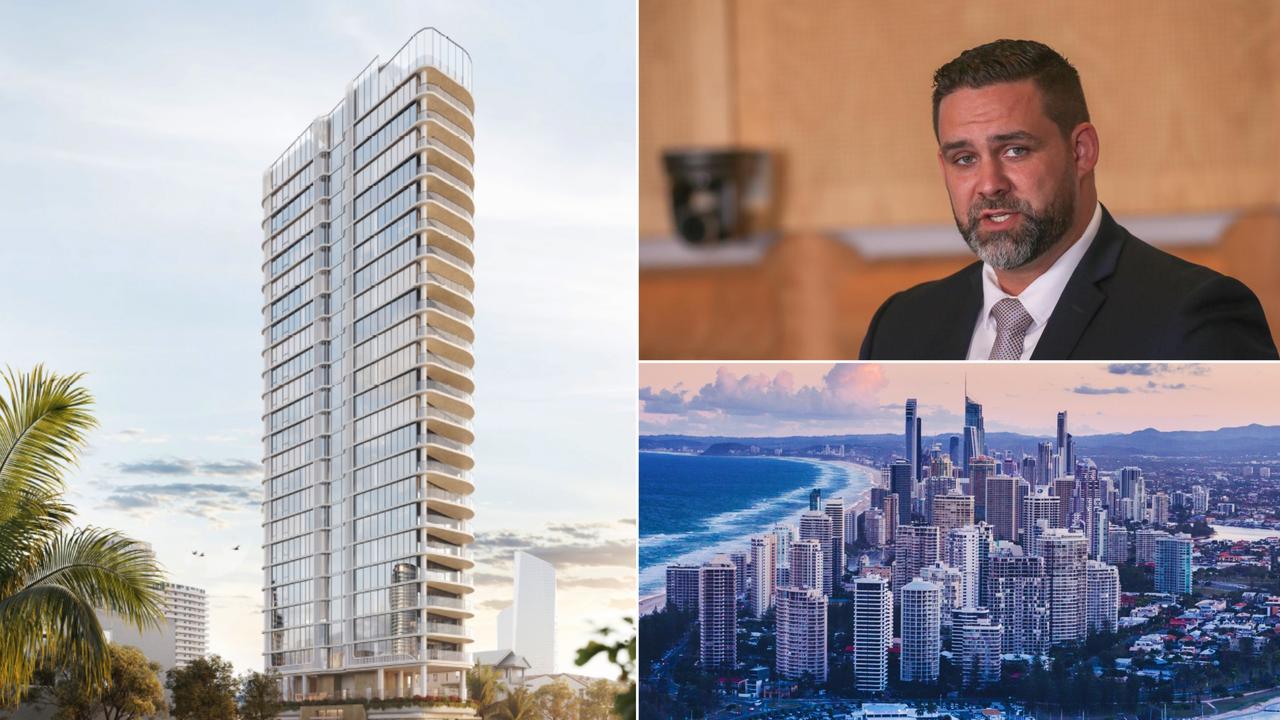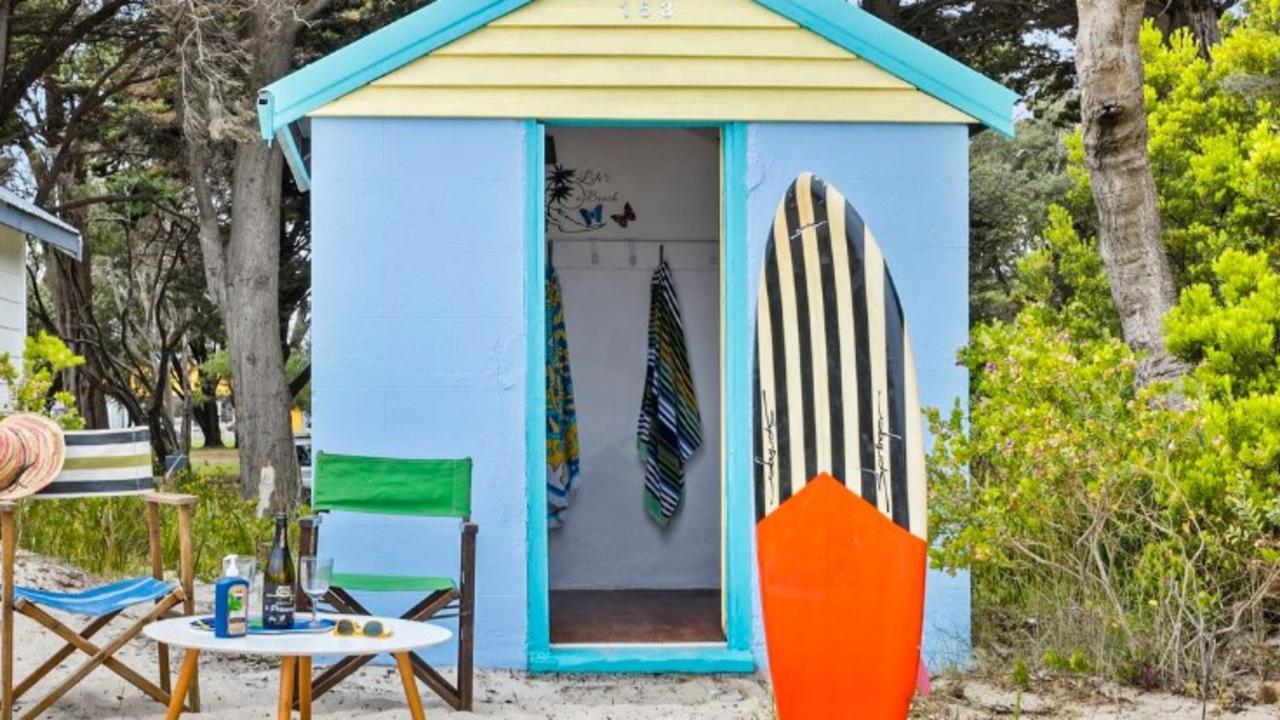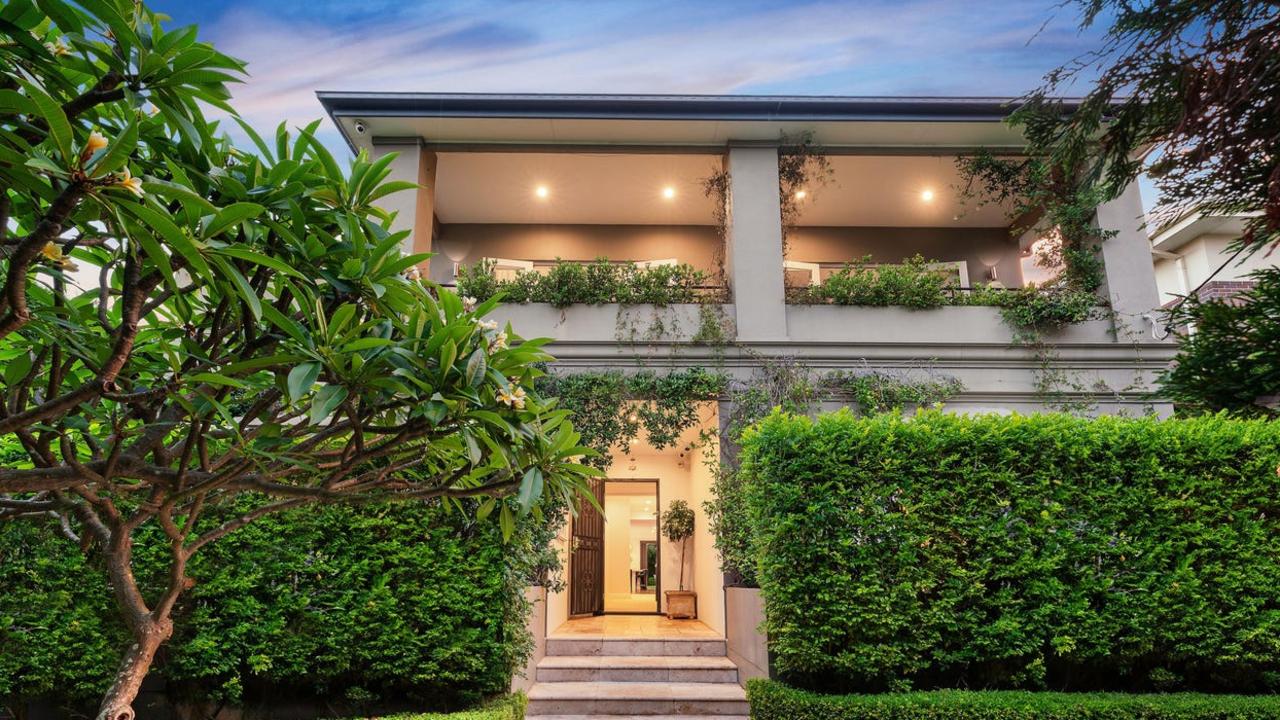Homes undergo biggest change since WWII as lockdown shifts lifestyle preferences
Our homes are undergoing the biggest mass transformation since WWII as forced time at home during lockdown drives a major shift in how we choose to live.

Property
Don't miss out on the headlines from Property. Followed categories will be added to My News.
Sydney homes are undergoing the biggest mass transformation since WWII as forced time at home during lockdown drives a renovations blitz.
Analysis of tradie activity revealed more homeowners were attempting renovations during restrictions than before lockdown started three months ago.
Projects were also getting bigger and roughly a third more homeowners were attempting extensions compared to a year ago, according to hipages.
MORE: Delta Goodrem misses out on $4m payday
Borat mansion could fetch $30m+
But housing experts said the most significant change was in the types of renovations being undertaken.
Home offices or so-called “Zoom rooms” were becoming common additions and improved backyard space was more of a priority for renovators than in years passed.
Demographer Bernard Salt said the changes reflected a shift in how people were using their properties during the pandemic.
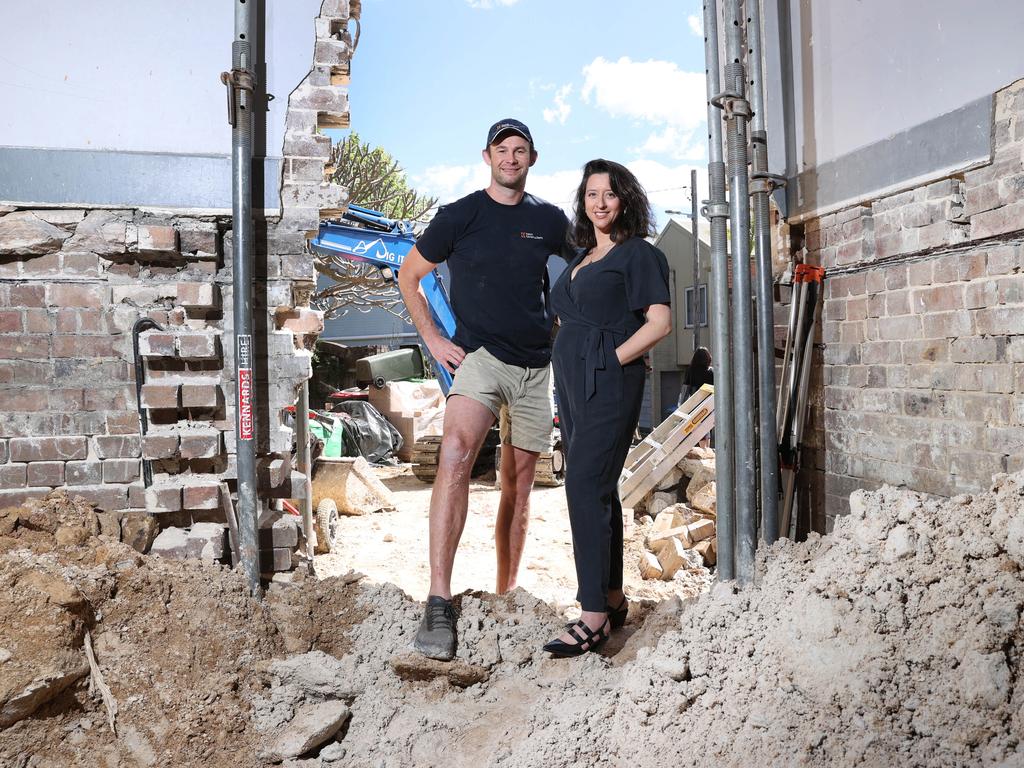
“Before Covid, home was a place we barely dwelled at,” he said. “The narrative of urban life was in being seen at pavement cafes, eating out, living in density. That doesn’t fit our shtick at the moment.
“Home is now where we shop from, where we work and study and where we conduct tele health. We are cocooning inside our castles and home is seen as deserving a greater share of our wallets.”
Mr Salt said the scale of home changes were at a level last seen in the post-war period when migrants from Greece and Italy began to reshape our housing tastes, putting more emphasis on outdoor living.
“That changed Aussie homes forever,” he said. “Before that our homes were the British-style … Covid represents another schism, separating the old from the new.”
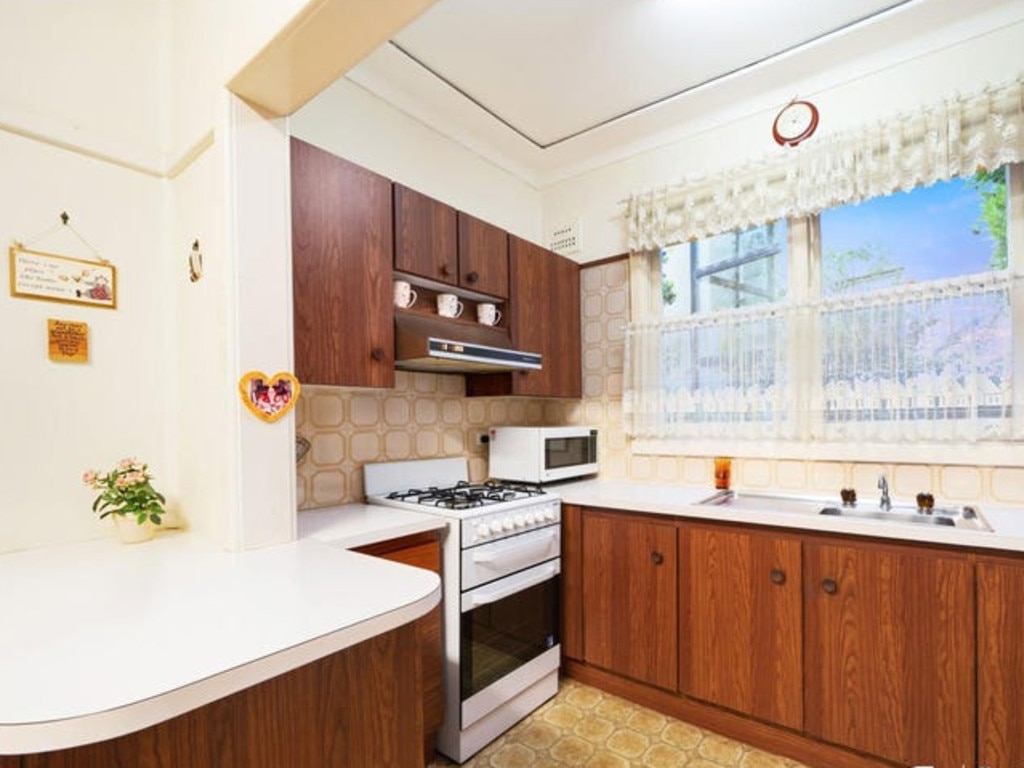

My Housing Market economist Andrew Wilson said strong property market conditions exacerbated the trend toward study rooms and other features better suited to longer hours at home.
“In a market like this, where prices are rising rapidly, it is a lot harder to overcapitalise on a project. You can spend a lot and move with the market,” he said.
“There would be a perception too that’s it’s easier to renovate to create the home you need than get in a bun fight trying to compete for properties, not a lot are available.”
CoreLogic data released Friday showed house prices increased an average of 6 per cent in the months since lockdown started in June and nearly 29 per cent over the past year.
Annual growth was the fastest rise since the 1980s.
Competition at auctions last month was unprecedented. The clearance rate was the highest for a September on record and the average auction attracted 10 bidders.
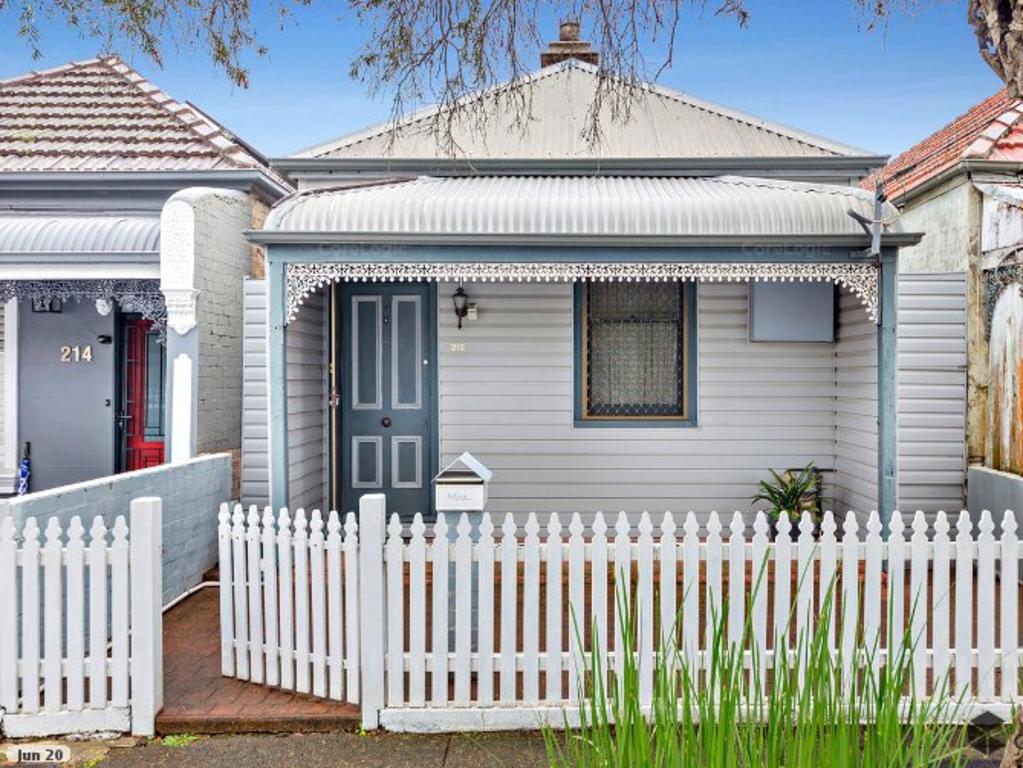
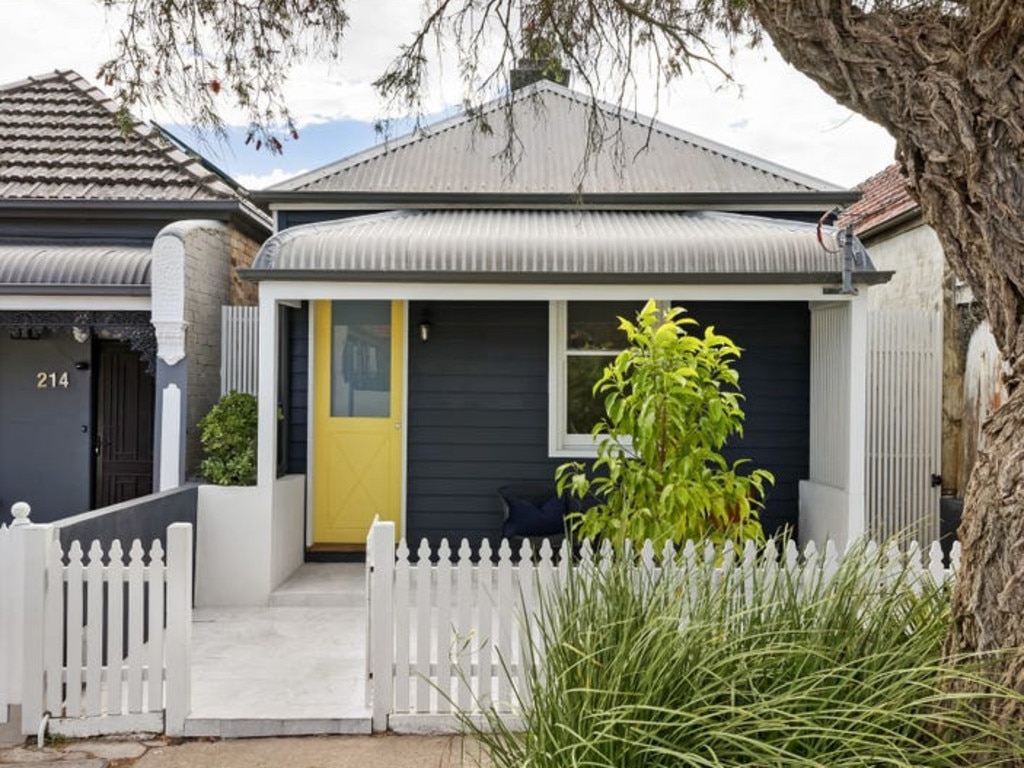
“The alternative to facing the stiff buyer competition is buying in the southwest corridor where there is still space for Sydney to grow, but some of the new houses are 80km from the CBD,” Mr Wilson said.
“It would be more feasible for (some) homeowners in middle ring suburbs to renovate and stay in their neighbourhood.”
Marni Crutchley and husband Will were renovating their home in Balmain and said the lockdown influenced their choices.
“You quickly realise you can’t work from the kitchen table for long,” Ms Crutchley said.
“We weren’t originally thinking about a study and it wasn’t part of our original plan, but it became important to include one.”
The couple will be extending their home out the back but Ms Crutchley said finding tradies able to do the work was challenging.


“My husband is a builder, that’s helped us a huge amount with a lot of the (renovation),” she said. “I don’t know what we’d do if he wasn’t. It would much harder.”
Hipages chief customer officer Stuart Tucker said home improvement costs were increasing as increased renovation activity created a backlog of projects for tradies.
Builders and landscapers were particularly sought after as renovators tried to maximise their land allotments and outdoor spaces, Mr Tucker said.
Demand for tradies for renovation projects was the highest in Hills suburbs Kellyville and Rouse Hill, according to hipages data.
Housing Industry Association chief economist Tim Reardon said a materials shortage, especially for timber, was adding to renovation costs.
“Renovators should expect to pay more for both labour and materials,” he said, adding that the boom in renovations activity would last well into 2022.
Households in lockdown were “saving money like never before so they have more to spend on renovations,” Mr Reardon said.
Originally published as Homes undergo biggest change since WWII as lockdown shifts lifestyle preferences




